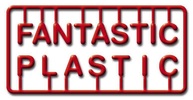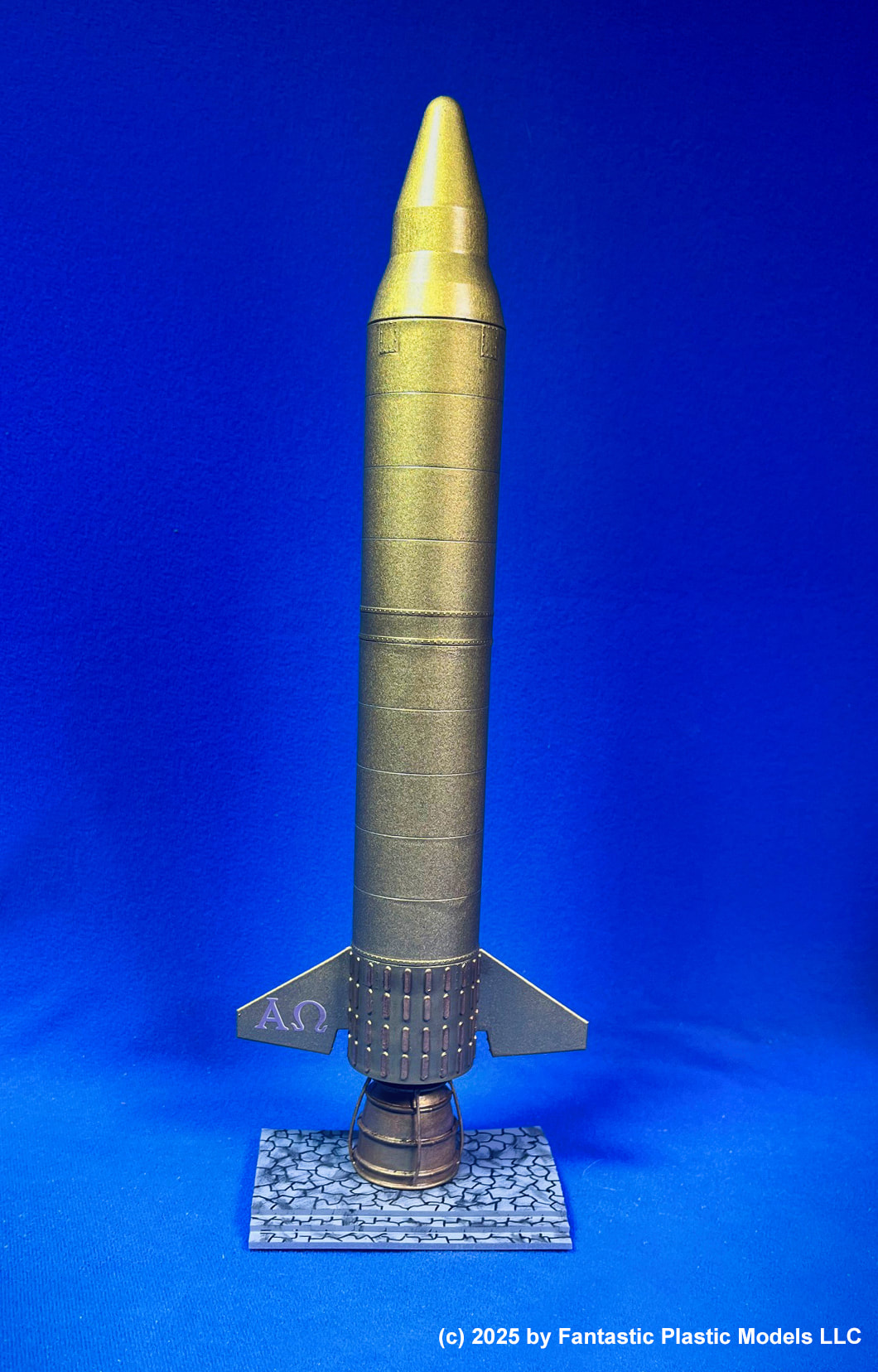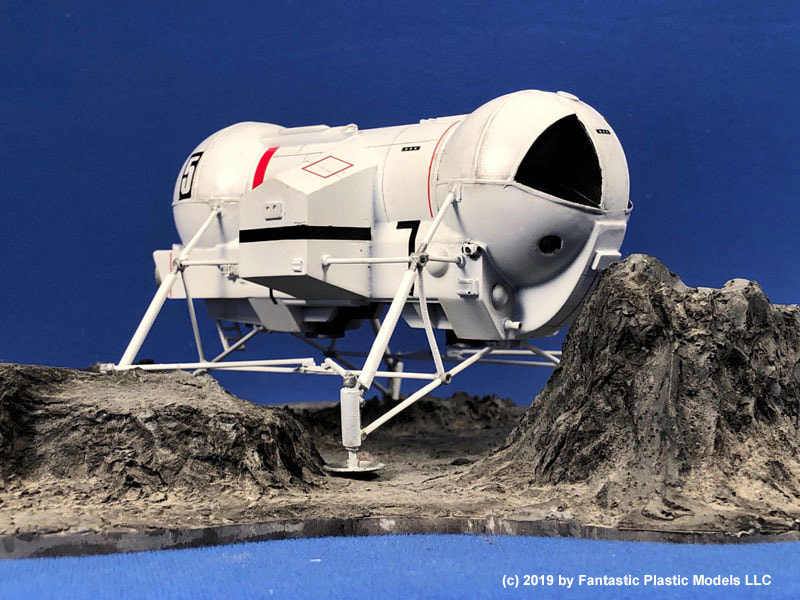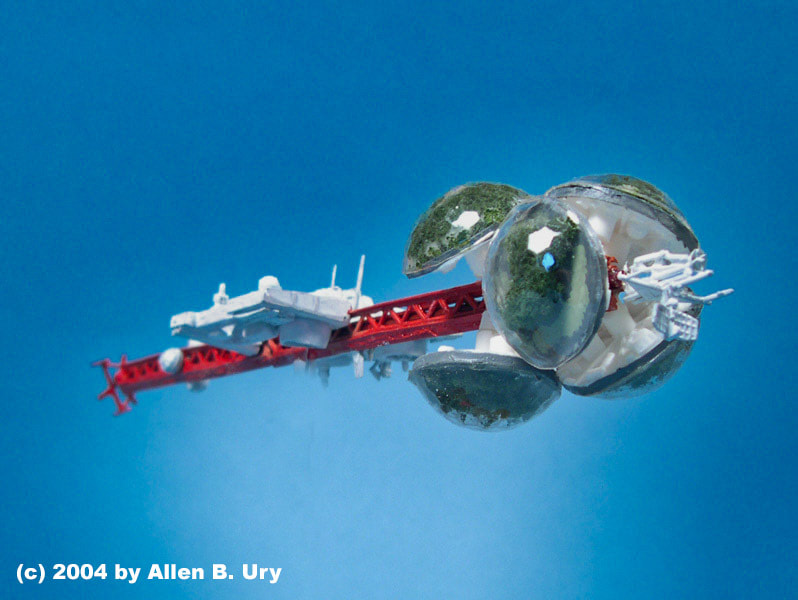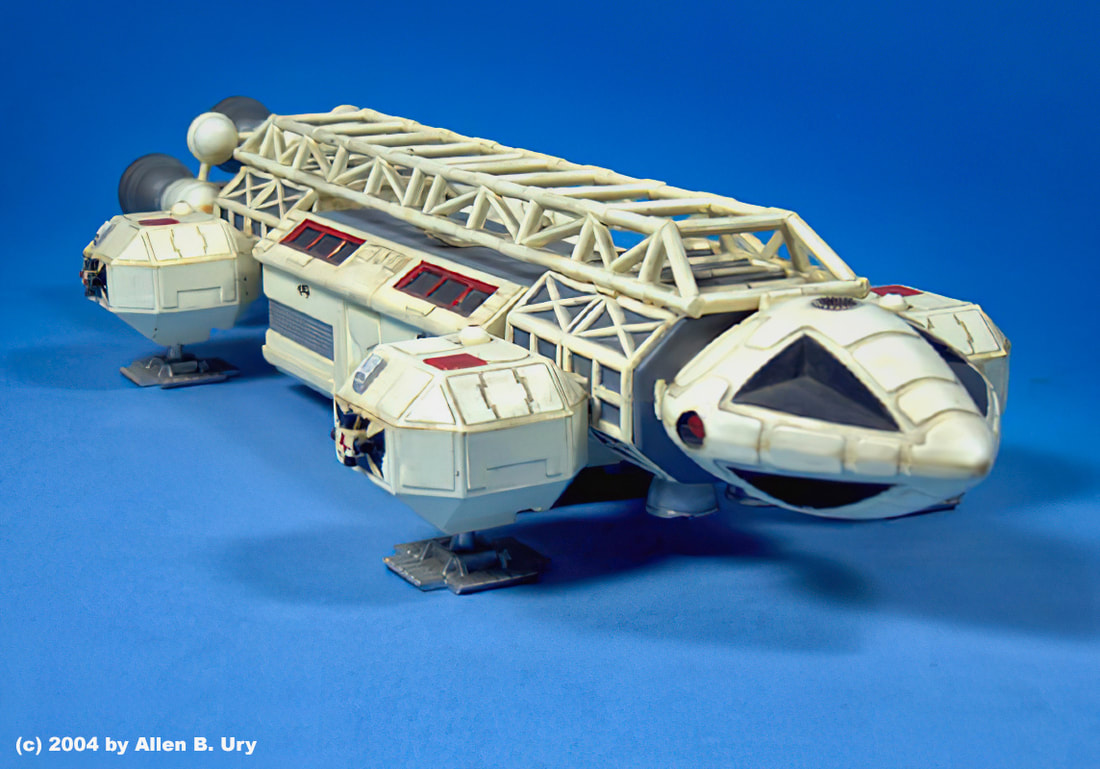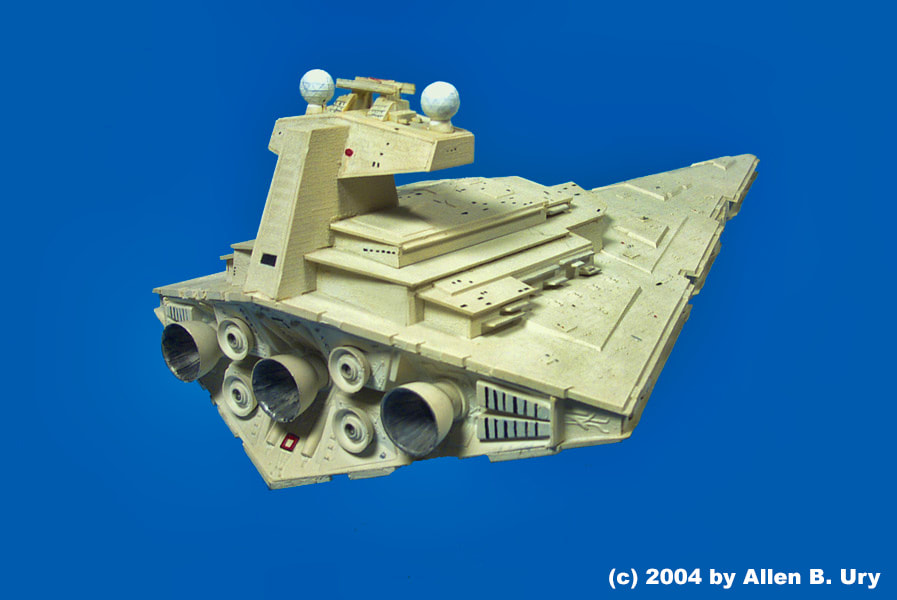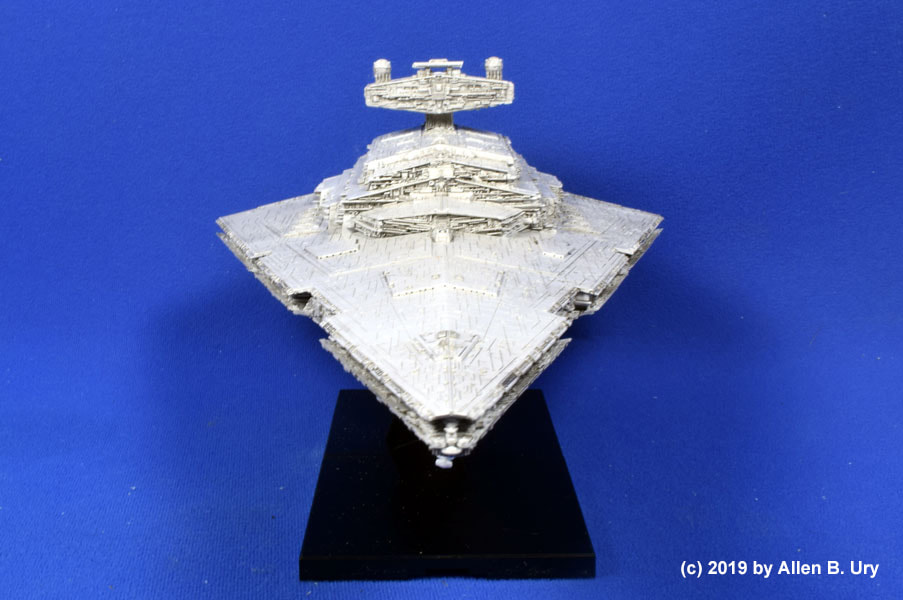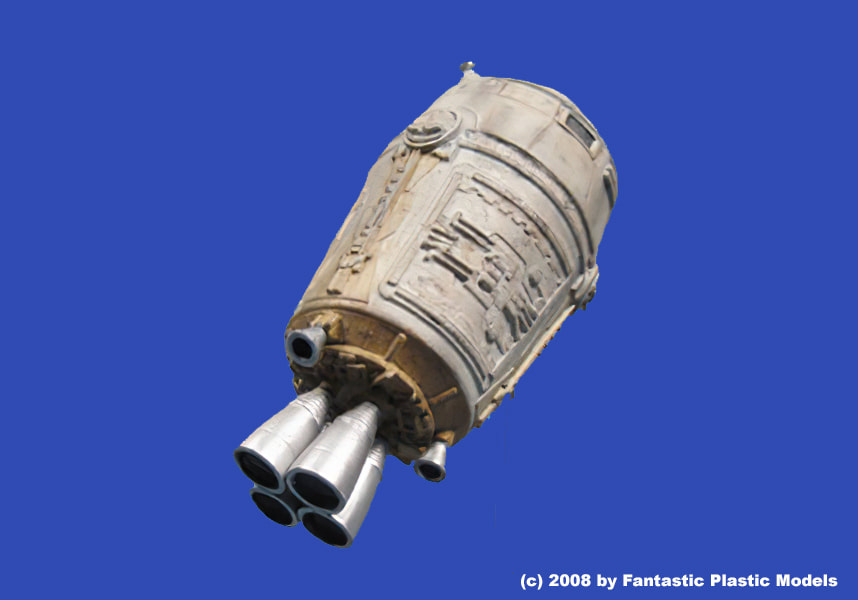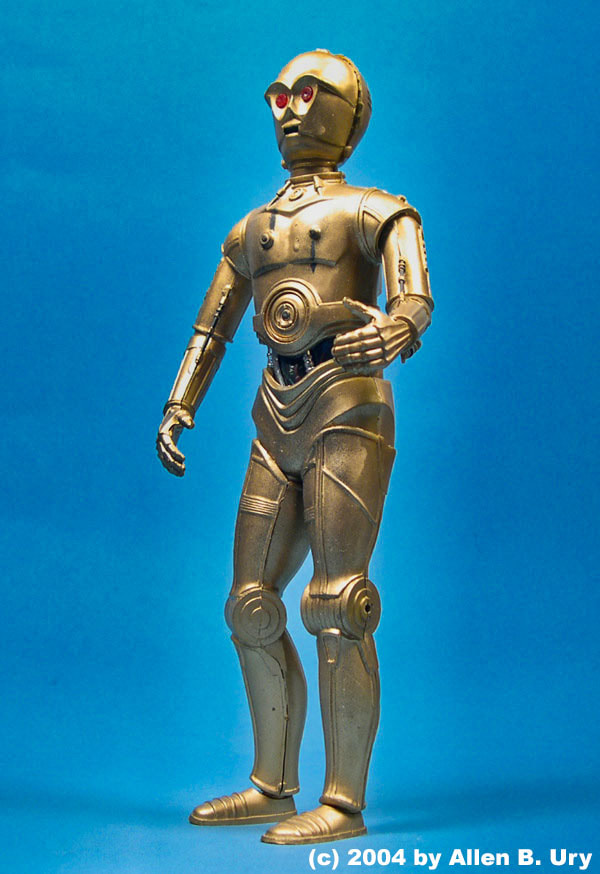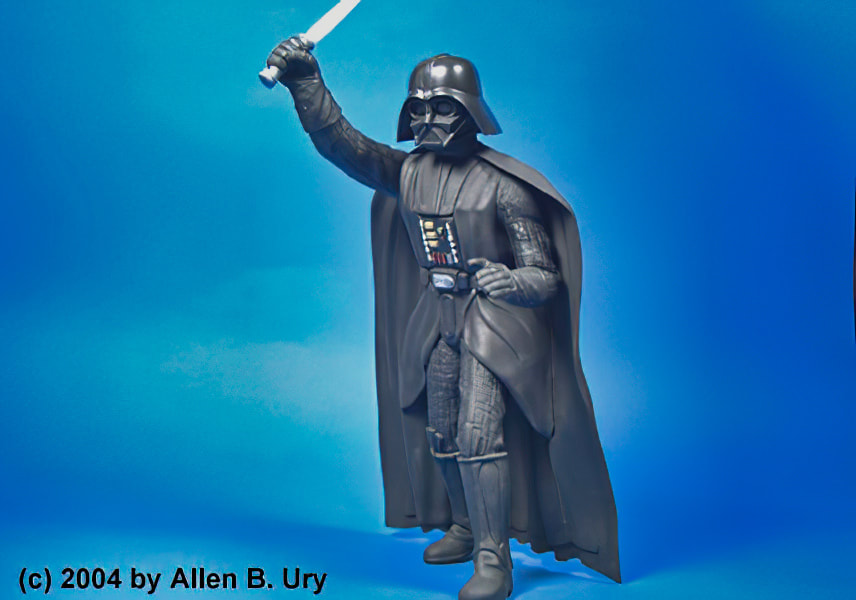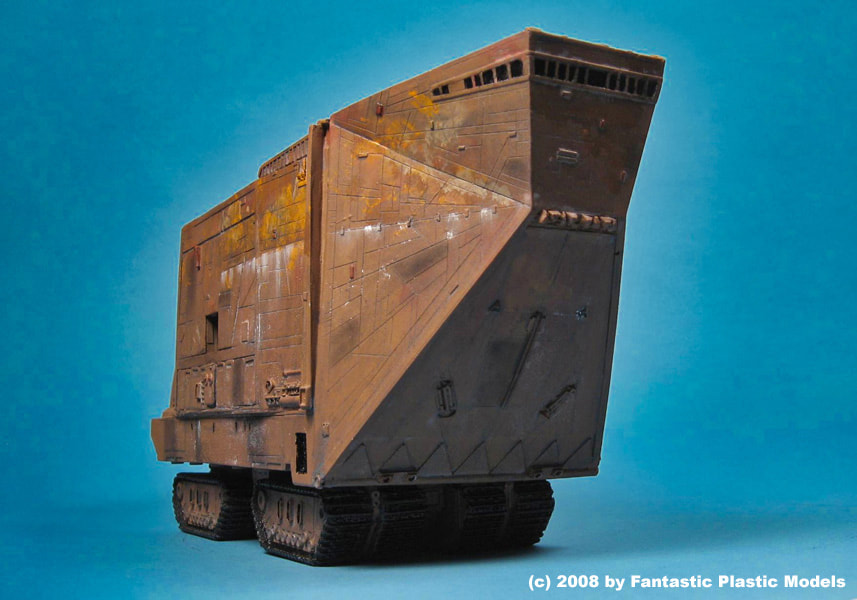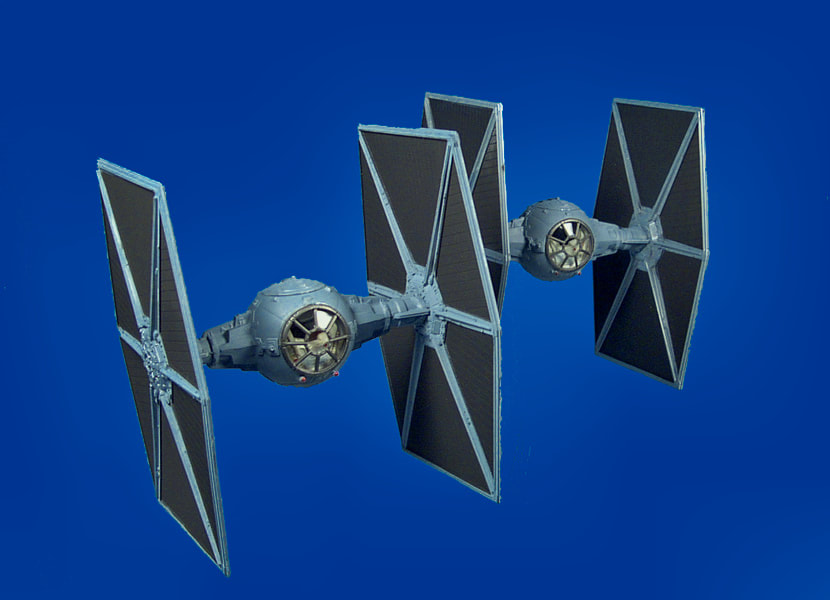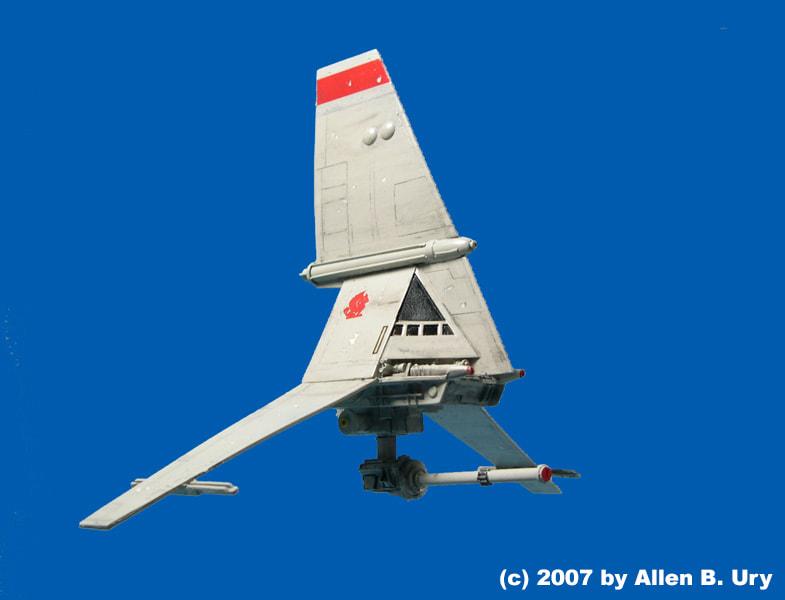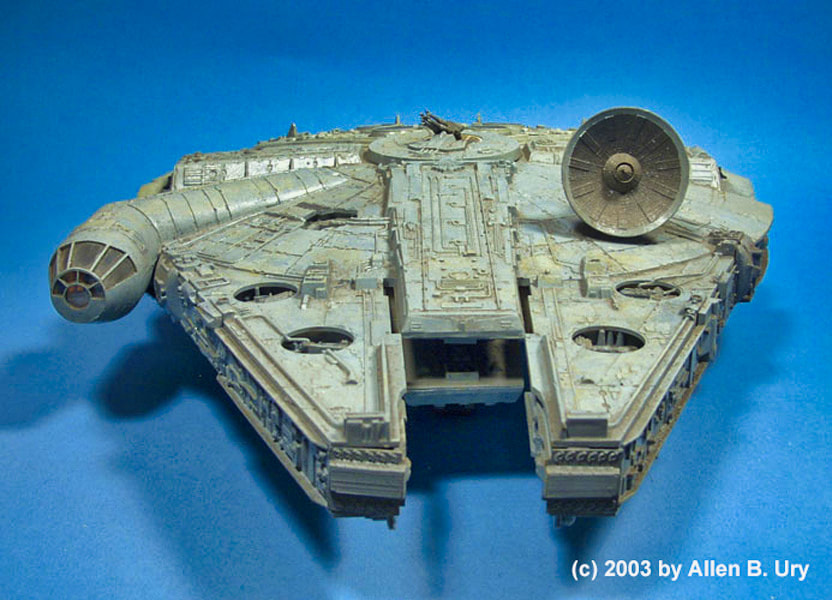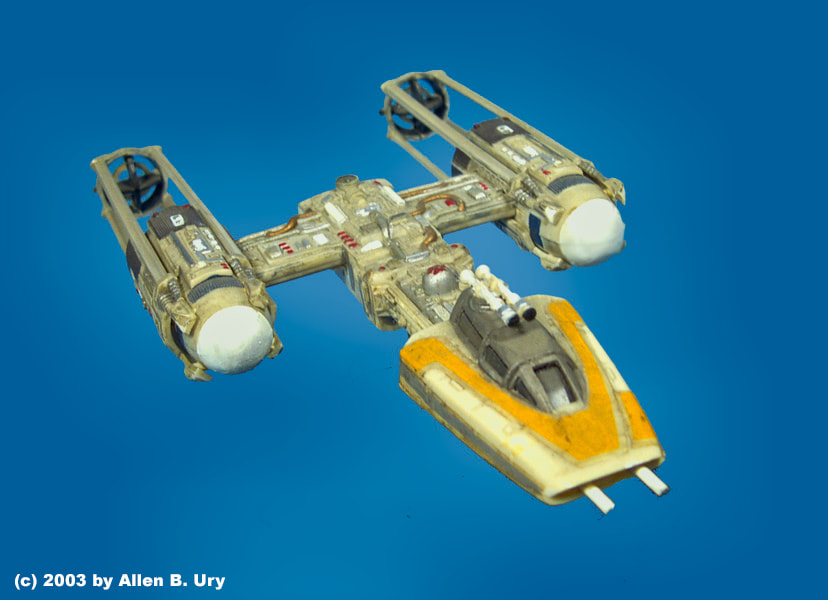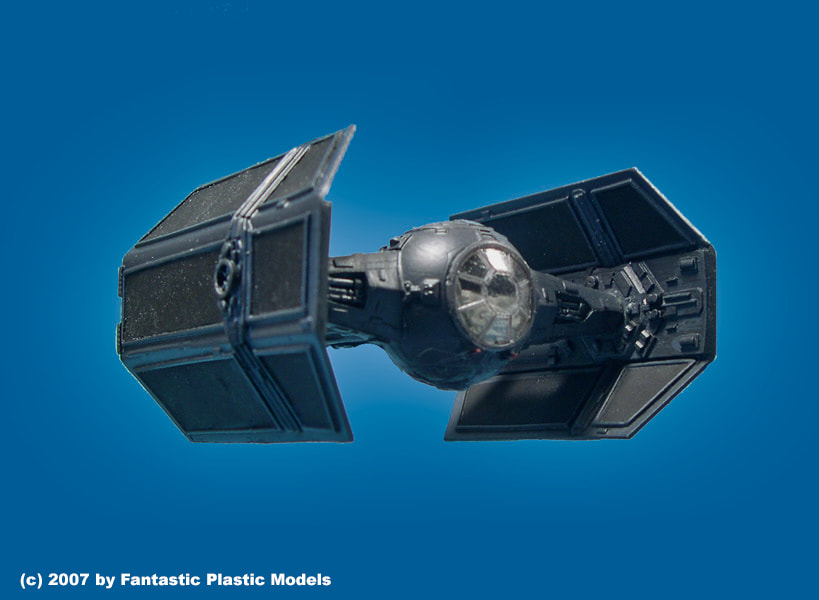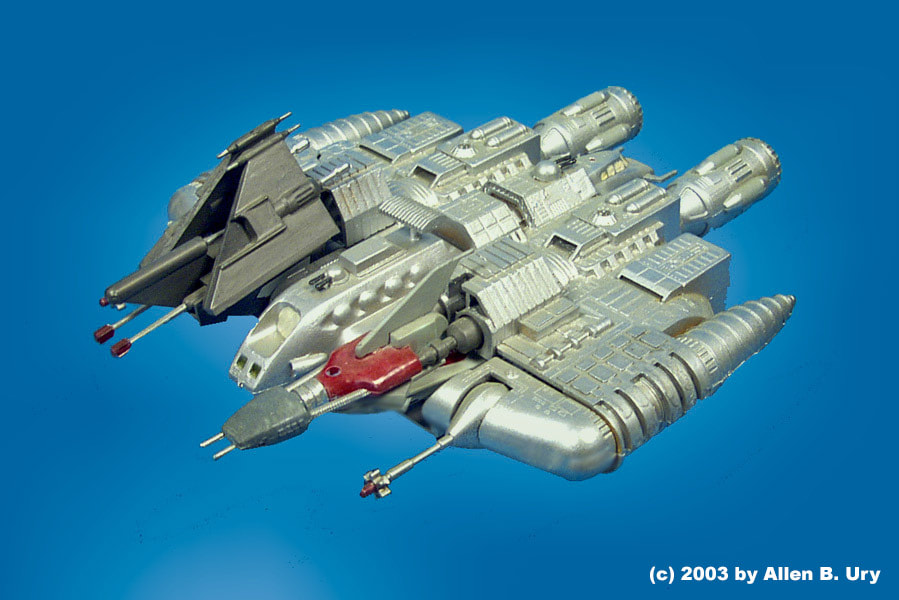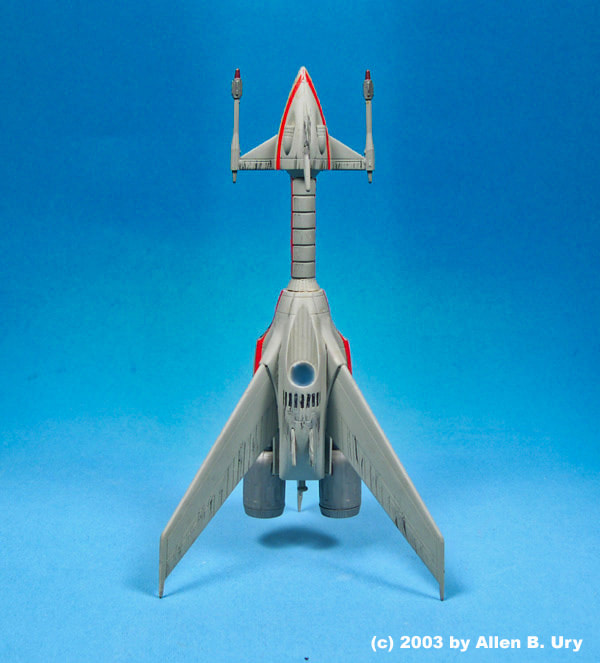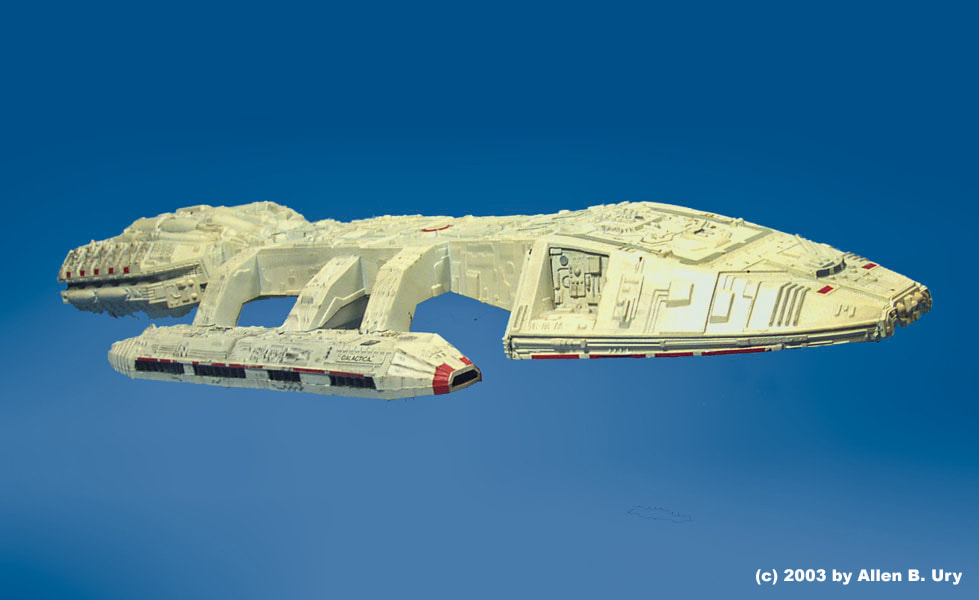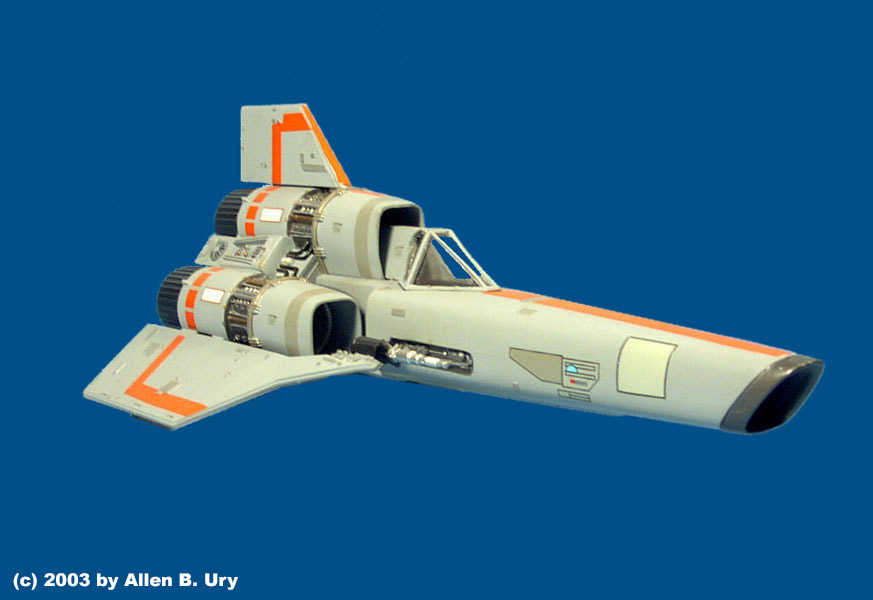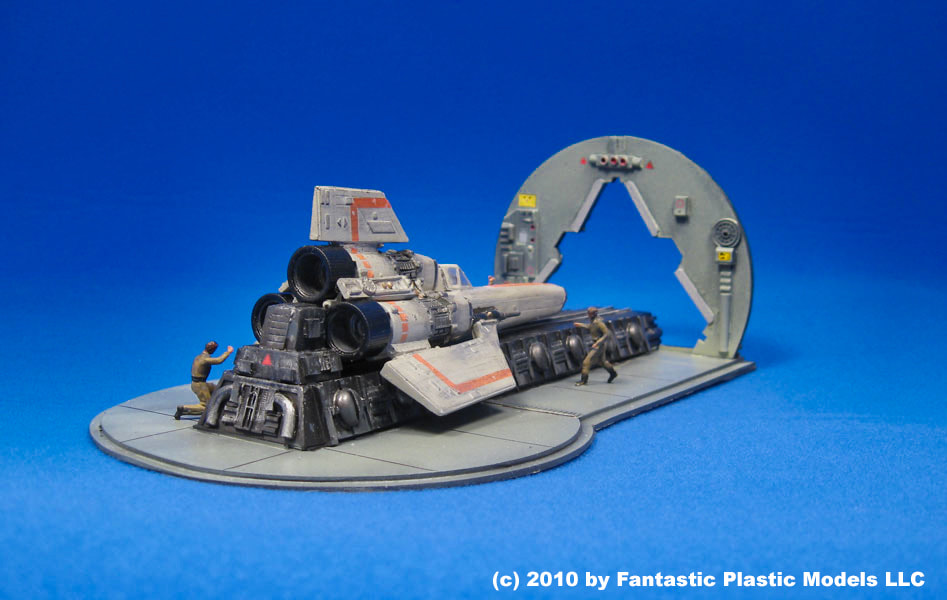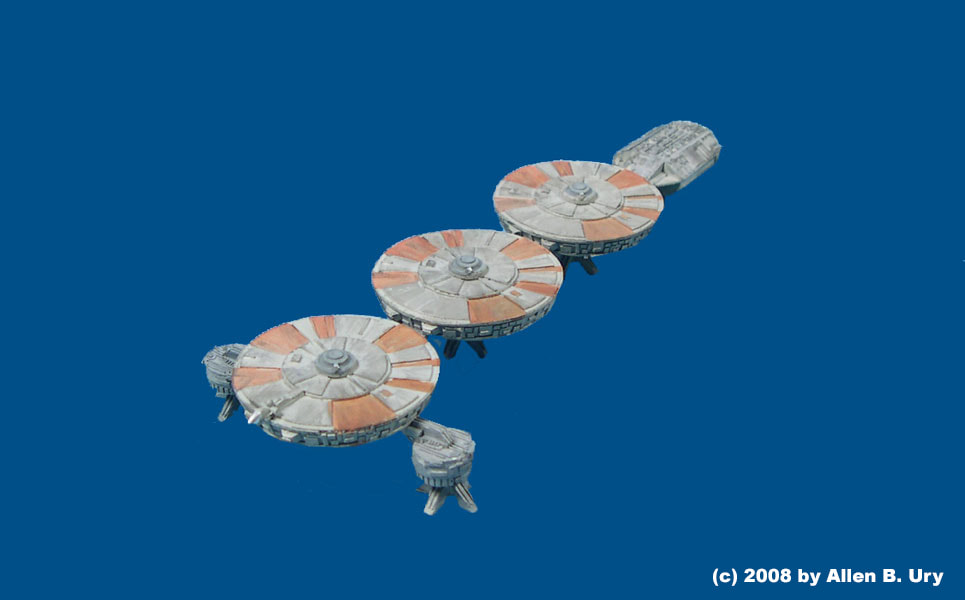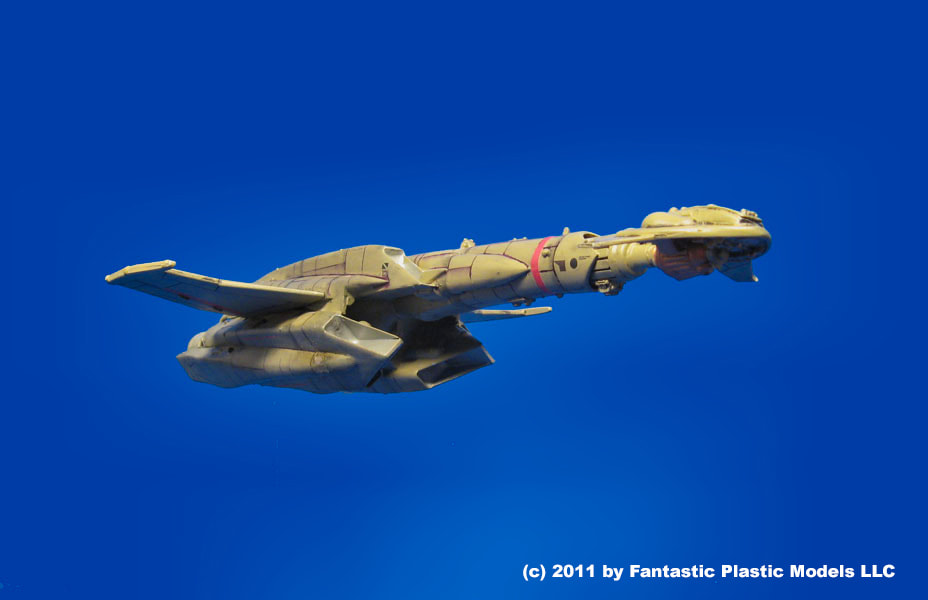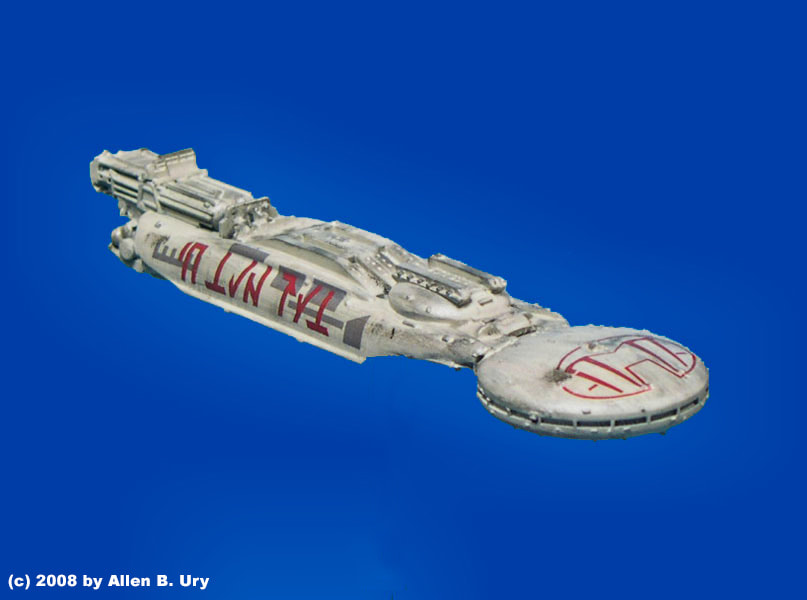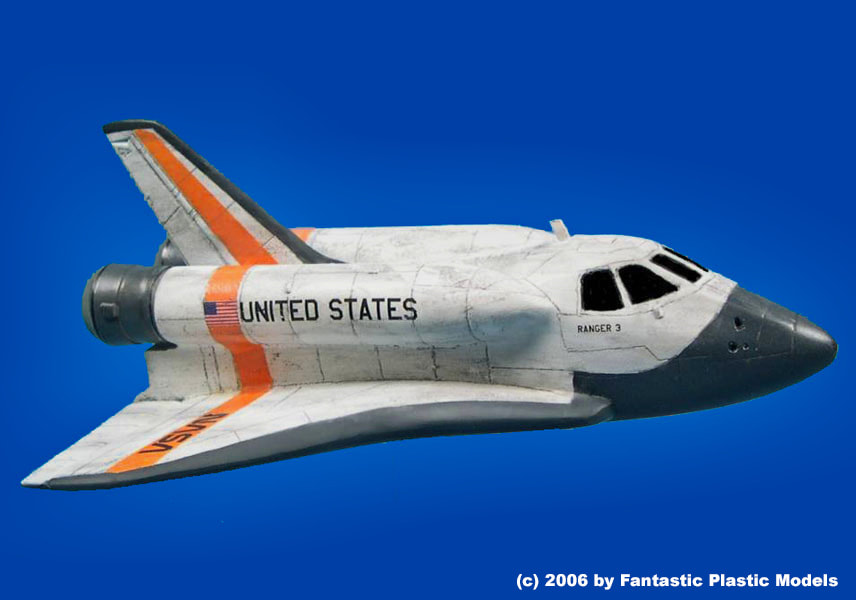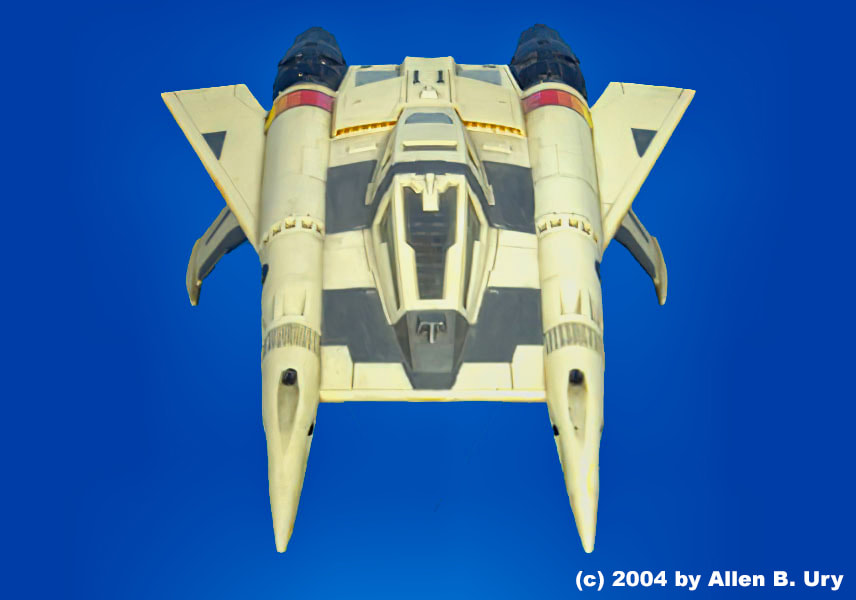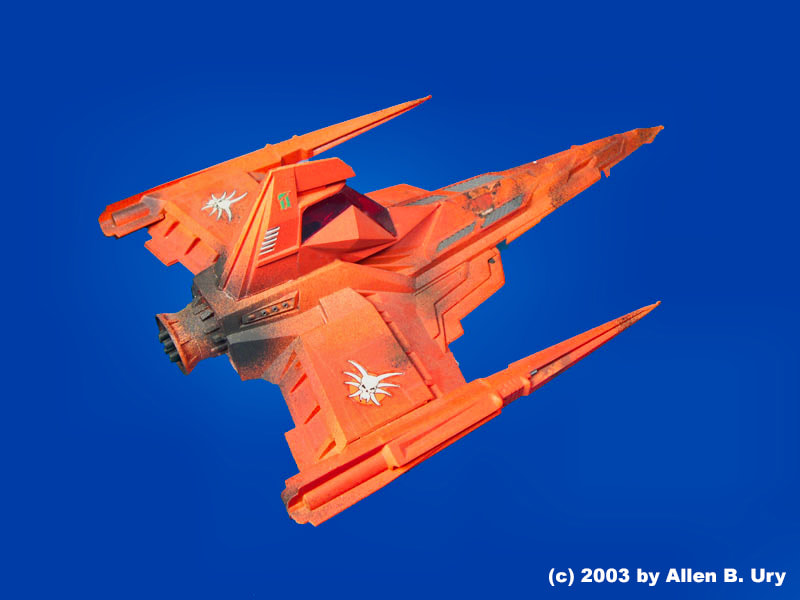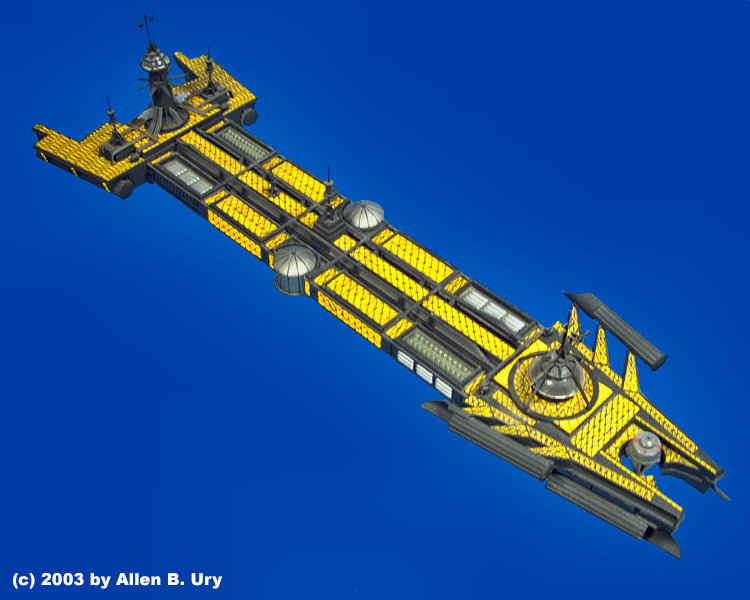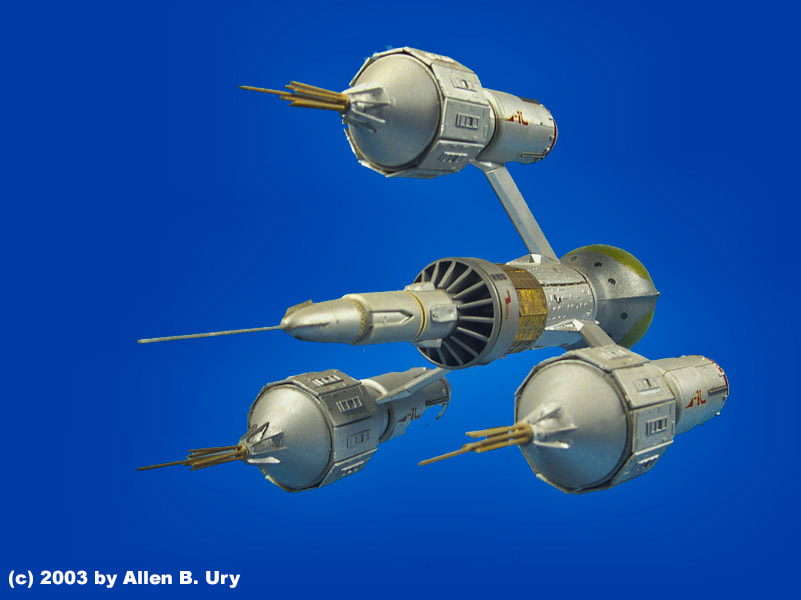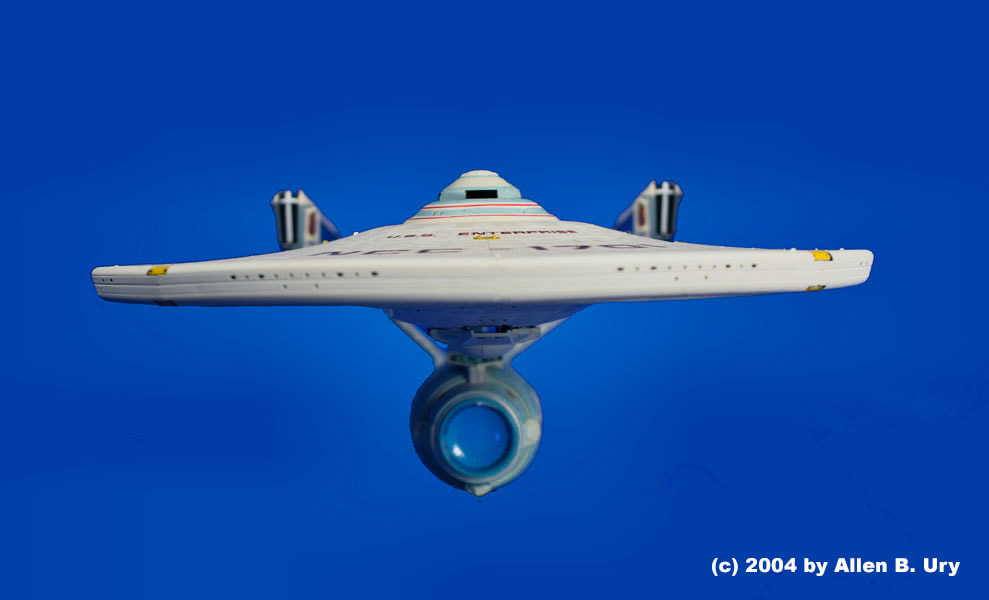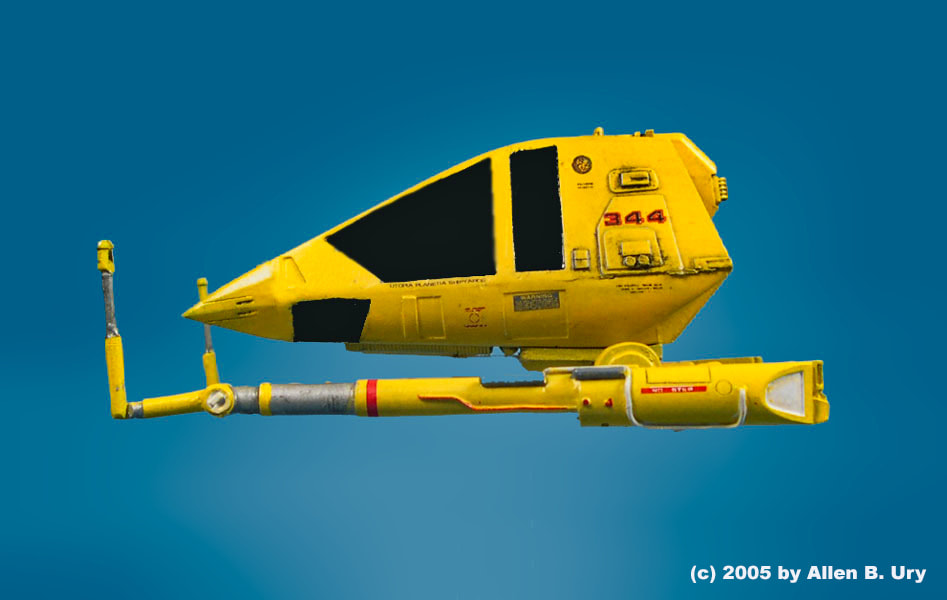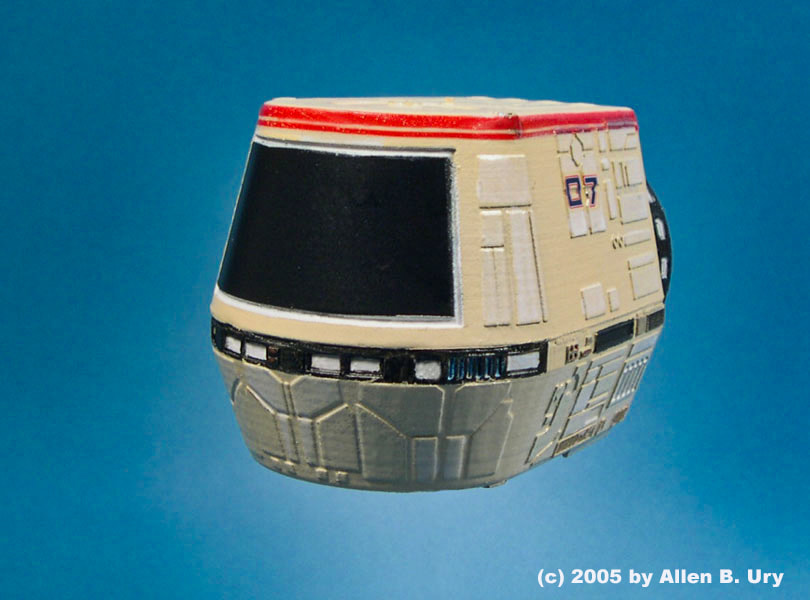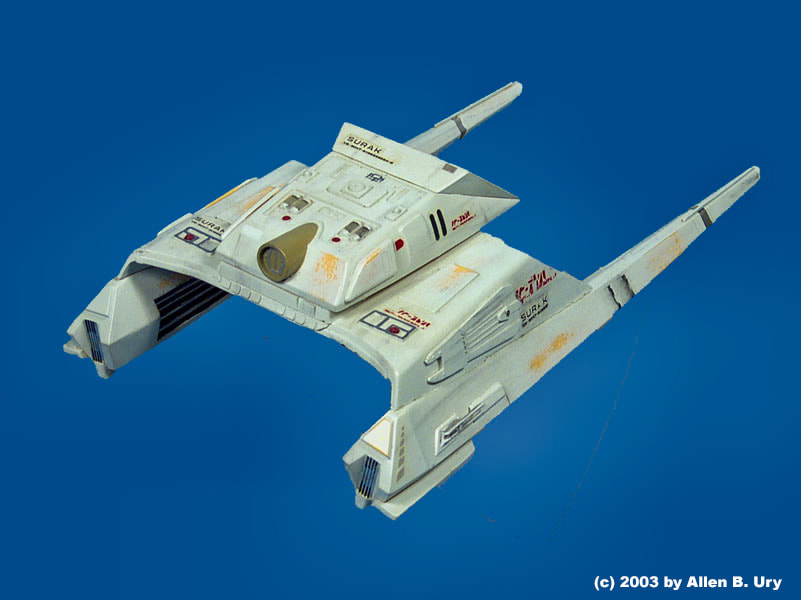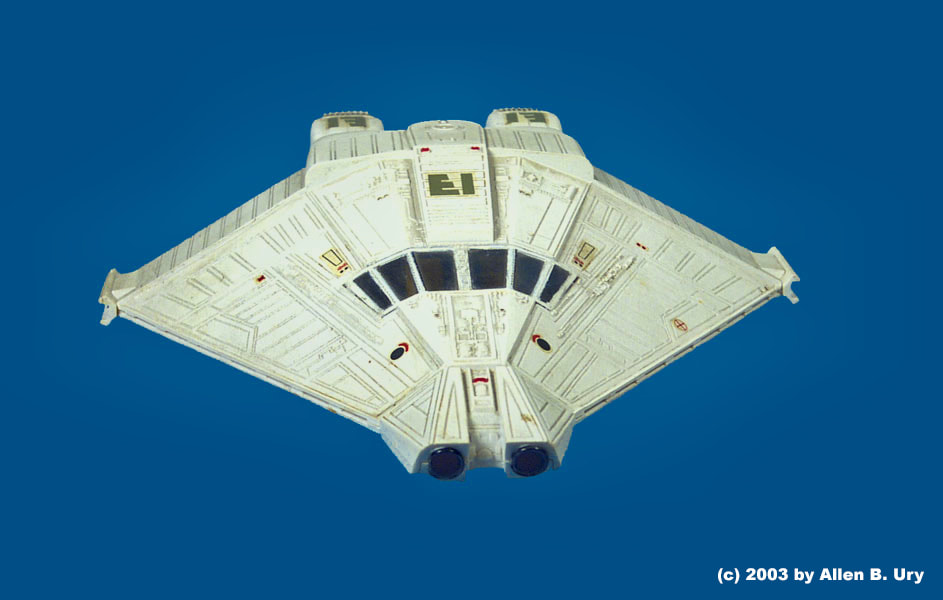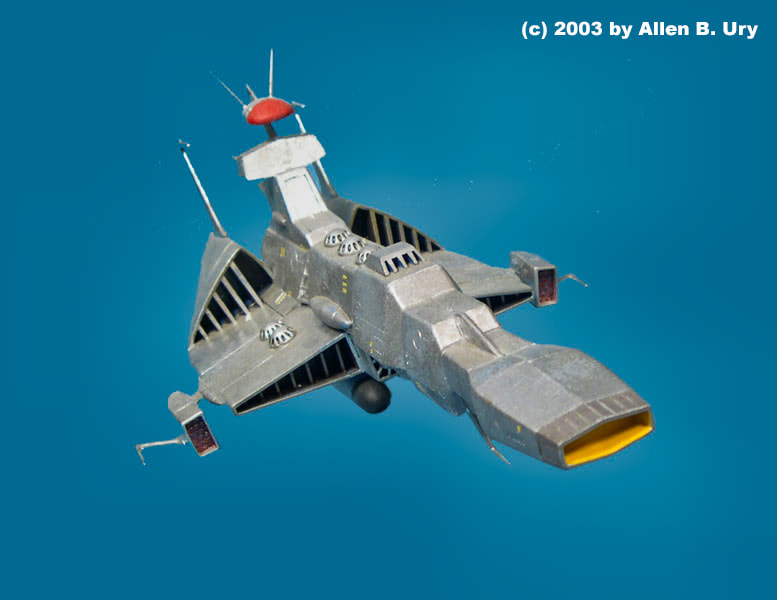Science Fiction - 1970s
The first half of the 1970's was a fallow period for Science Fiction modeling. The Irwin Allen shows had all been cancelled. "Star Trek" lived -- but only in syndication. "2001: A Space Odyssey" had set the SPFX bar so high that no other movie-maker even attempted to hurdle it. We'd been to the moon, found nothing but a dead rock, and decided we'd rather turn our attention to aerobics and disco dancing. Mid-decade, there was brief hope for the genre with the 1975 debut of Gerry Anderson's "Space: 1999," but despite some cool-looking Kubrick-inspired spaceships (courtesy of "2001"-veteran Brian Johnson), the show had about as much impact as a dry spitwad.
And then, on May 25th, 1977, a modest $9 million homage to "Flash Gordon" as channeled through Joseph Campbell debuted in 35 theaters across the United States. Directed by "American Graffiti" creator George Lucas and featuring something called "motion-controlled" special effects courtesy of John Dykstra, "Star Wars" blew a hole in entertainment's space-time continuum so large that its reverberations continue to be felt to this very day.
"Star Wars'" Big Bang flung sci-fi's floodgates wide open. With dollar signs gleaming in its corporate eyes, Universal Pictures-TV immediately green-lit producer Glen A. Larson's "Adama's Ark" pitch, now re-titled "Battlestar Galactica." Over the Hollywood Hills at Paramount, where the 79 original "Star Trek" episodes had become its proverbial "Crown Jewels," the studio bosses deep-sixed their proposed "Star Trek Phase II" TV series and instead poured $40 million into the big screen "Star Trek: The Motion Picture," setting the stage for what would become 13 more feature films and five additional prime-time series (at last count).
As for Mr. Lucas, he immediately re-invested his "Star Wars" profits in his own studio, special effects company, two sequels and a merchandising empire that would quickly grow to become second only to Walt Disney's -- which ultimately bought Lucas' out to the tune of $4 billion in 2012.
Vehicles from virtually all of these movies and TV series became immortalized in injection-molded polystyrene, courtesy of AMT, MPC and Monogram.
For Fantastic Plastic modelers, The Force was indeed with us.
And then, on May 25th, 1977, a modest $9 million homage to "Flash Gordon" as channeled through Joseph Campbell debuted in 35 theaters across the United States. Directed by "American Graffiti" creator George Lucas and featuring something called "motion-controlled" special effects courtesy of John Dykstra, "Star Wars" blew a hole in entertainment's space-time continuum so large that its reverberations continue to be felt to this very day.
"Star Wars'" Big Bang flung sci-fi's floodgates wide open. With dollar signs gleaming in its corporate eyes, Universal Pictures-TV immediately green-lit producer Glen A. Larson's "Adama's Ark" pitch, now re-titled "Battlestar Galactica." Over the Hollywood Hills at Paramount, where the 79 original "Star Trek" episodes had become its proverbial "Crown Jewels," the studio bosses deep-sixed their proposed "Star Trek Phase II" TV series and instead poured $40 million into the big screen "Star Trek: The Motion Picture," setting the stage for what would become 13 more feature films and five additional prime-time series (at last count).
As for Mr. Lucas, he immediately re-invested his "Star Wars" profits in his own studio, special effects company, two sequels and a merchandising empire that would quickly grow to become second only to Walt Disney's -- which ultimately bought Lucas' out to the tune of $4 billion in 2012.
Vehicles from virtually all of these movies and TV series became immortalized in injection-molded polystyrene, courtesy of AMT, MPC and Monogram.
For Fantastic Plastic modelers, The Force was indeed with us.
